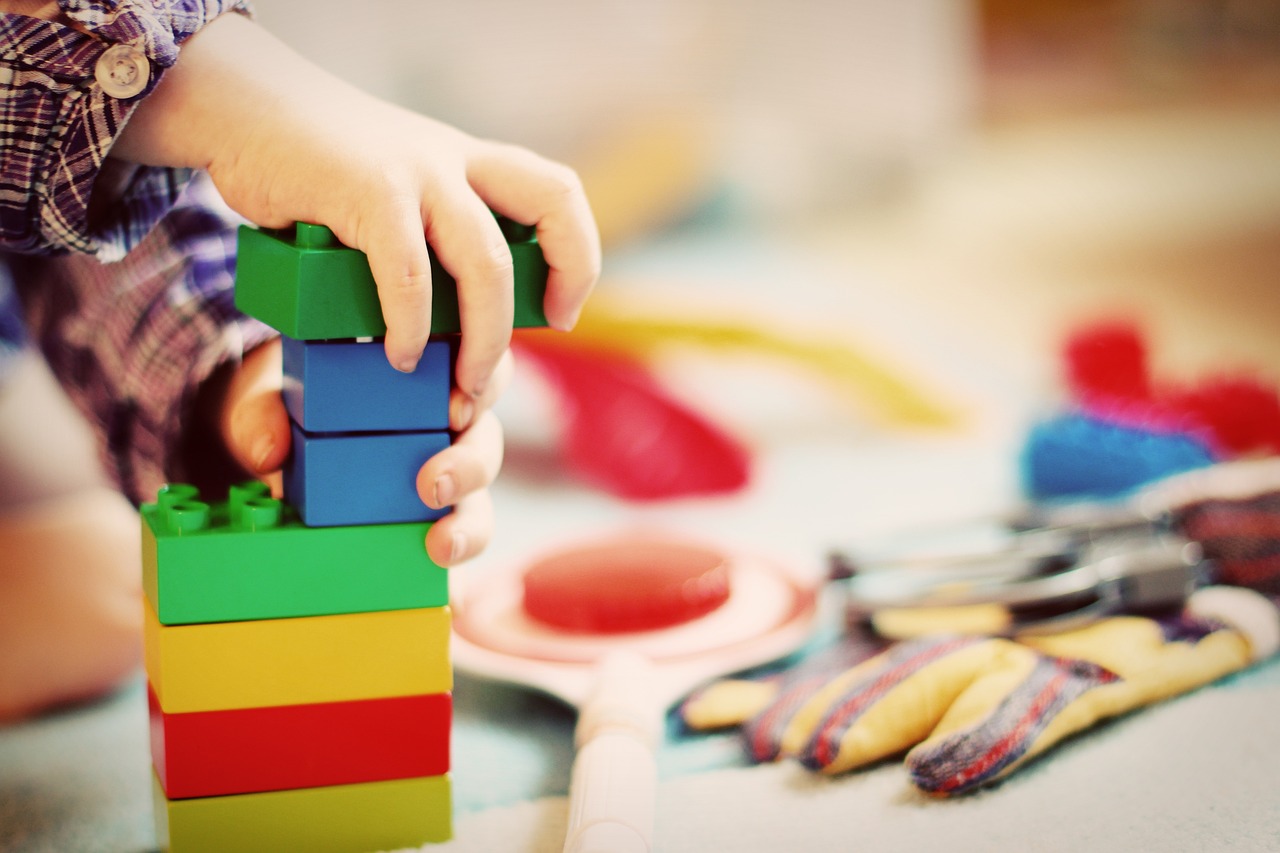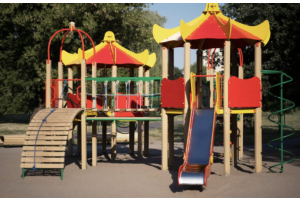Unsafe Toys: The Dangers of Defective Children's Products and How to Identify Them

Children’s toys are meant to bring joy and promote learning, but when these products are defective or poorly designed, they can pose severe risks to a child’s health and safety. From choking hazards and sharp edges to toxic materials and malfunctioning electronics, unsafe toys can lead to injuries ranging from minor cuts and bruises to severe, life-threatening conditions. Parents and caregivers must be vigilant in identifying potentially dangerous toys to protect their children from harm.
To carefully select toys that are appropriate for a child’s age and developmental stage, parents should stay informed about product recalls and safety warnings issued by regulatory agencies. Regularly inspecting toys for signs of wear and tear, such as loose parts or broken pieces, can also help prevent accidents. Moreover, supervising children during playtime and educating them on proper toy usage can reduce the risk of injury. By taking these proactive steps, parents and caregivers can create a safer play environment, ensuring that toys remain a source of fun and enrichment rather than a cause for concern.
The Dangers of Defective Toys
Defective toys have become a growing concern for parents and safety advocates. Each year, thousands of children suffer injuries due to unsafe toys, ranging from minor issues like skin irritation to more severe incidents such as choking, poisoning, and even death. These injuries often result from design flaws, poor manufacturing standards, or the use of hazardous materials in production.
One of the most alarming aspects of defective toys is that the risks they pose are not always immediately obvious. A seemingly harmless toy could contain small parts that detach easily, sharp edges that can cause cuts, or toxic chemicals that can lead to poisoning if ingested. This makes it crucial for parents to remain vigilant and thoroughly inspect toys before allowing children to play with them.
Common Hazards in Children's Toys
Awareness of common hazards in children's toys is crucial for preventing accidents and injuries. Below are some of the most significant risks to look out for:
- Choking hazards: Small, detachable parts, loose components, or toys that can break into smaller pieces pose a choking risk, especially for children under three who are prone to putting objects in their mouths.
- Sharp edges and points: Toys with sharp edges, points, or rough surfaces can cause cuts, puncture wounds, or other injuries.
- Strangulation risks: Toys with long strings, cords, or ribbons can wrap around a child's neck, posing a serious strangulation hazard.
- Toxic materials: Toys made with harmful chemicals, such as lead paint or phthalates, can have severe health implications if they come into contact with a child’s skin or are ingested.
How to Check for Toy Recalls and Safety Alerts
Staying informed about toy recalls and safety alerts is a proactive way to protect children from defective products. Manufacturers and regulatory agencies, such as the Consumer Product Safety Commission (CPSC), issue recalls when toys are found to be dangerous. Checking for these recalls before purchasing a toy or periodically reviewing recall lists for toys you already own can prevent potential harm.
Parents can sign up for recall notifications from the CPSC or regularly visit their website to stay updated on the latest recalls and safety notices. If a toy in your possession has been recalled, follow the manufacturer’s instructions for returning or disposing of the product to ensure it does not pose a risk to your child or others.
Signs of Defective Toys to Watch Out For
Recognizing the signs of a defective toy can help you take action before it causes harm. Look for toys that are poorly constructed, such as those with loose parts, sharp edges, or unstable structures. Any toy that has a strong chemical odor may also be a red flag, indicating the presence of toxic materials or improper manufacturing.
Battery-operated toys that overheat or make unusual sounds can be indicative of electrical malfunctions, which pose fire or burn hazards. If a toy shows any signs of damage or does not function as intended, it is best to take it away from the child immediately and contact the manufacturer for guidance.
What to Do If Your Child Is Injured by a Defective Toy
If your child is injured by a defective toy, it is important to act quickly to address their medical needs and document the incident. Seek medical attention immediately if the injury is severe. Once your child is safe, take photographs of the toy, the injury, and the surrounding area where the incident occurred. Keep the toy and any packaging or receipts as evidence. You can learn more about handling such cases by consulting experts who deal with serious injuries caused by accidents, as they can provide valuable guidance on what steps to take next.
Contacting a legal professional can also be beneficial, especially if the injury is severe or if there have been other reports of similar incidents involving the toy. An attorney with experience in product liability can help you understand your rights and explore options for pursuing compensation for medical expenses, pain and suffering, and other damages related to the injury. Texas parents from all over Space City always start looking for Trial Lawyers in Houston, TX as soon as they realize an injury may have long-term effects on their child’s health or development. Early legal guidance can help them document what happened, address mounting expenses, and make informed decisions about possible next steps.
Legal Options for Families Affected by Unsafe Toys
Families affected by unsafe toys have the right to seek legal recourse through Utah product liability claims. These claims hold manufacturers, distributors, and retailers accountable for releasing dangerous products into the market. Compensation from these claims can help cover medical expenses, lost wages, and other costs associated with the injury.
Working with an attorney who specializes in product liability and personal injury law can provide the support and guidance needed to build a strong case. Legal professionals can assist in gathering evidence, consulting with safety experts, and negotiating with insurance companies or manufacturers to secure fair compensation for the affected family.
Preventing Future Incidents: Tips for Parents and Caregivers
Preventing future incidents involving defective toys requires diligence and informed decision-making. Always buy toys from reputable brands and retailers that adhere to safety standards. Check for age-appropriate labels and warnings, and follow all instructions for safe use. Regularly inspect toys for signs of wear and tear and dispose of any that appear damaged or unsafe.
Supervise young children during playtime, especially when they are using new toys or those with small parts. Educating your child about the safe use of toys and what to do if something seems wrong can also reduce the risk of injury. Being proactive in these ways can help create a safer environment for your children.
The Role of Manufacturers and Regulatory Agencies in Toy Safety
Manufacturers and regulatory agencies play a crucial role in ensuring toy safety. Manufacturers are responsible for designing, producing, and testing toys to meet safety standards before they reach consumers. Regulatory agencies like the CPSC monitor the market and enforce these standards, issuing recalls and safety alerts when necessary.
However, despite these efforts, unsafe toys can still slip through the cracks. This is why consumer vigilance is so important. Parents and caregivers should feel empowered to report unsafe toys and advocate for stricter safety measures. By doing so, they help protect not only their own children but also others who might be at risk.






